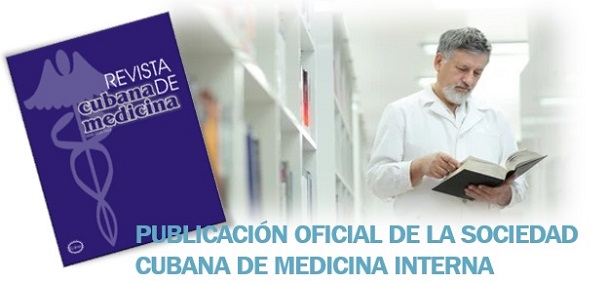The incidence of cholangiocarcinoma in the general population is low; nevertheless, patients with primary sclerosing cholangitis face a lifetime risk of cholangiocarcinoma that is as high as 10%.1 Lazaridis and LaRusso (Sept. 22 issue)2 suggest the use of endoscopic retrograde cholangiopancreatography (ERCP)–guided cytobrushing of the bile duct for cytologic and fluorescence in-situ hybridization (FISH) analysis when strictures in the biliary system predominate, since in these cases the exclusion of cancer is mandatory but can be extremely challenging when noninvasive radiologic imaging is used. Both cytologic analysis and FISH have dismal positive and negative predictive values — 50% and 83%, respectively, for cytologic analysis and 86% and 88% for FISH.3. The use of new endoscopic techniques, such as ERCP-guided single-operator peroral cholangioscopy (SOPC) and probe-based confocal laser endomicroscopy (pCLE), may increase the positive predictive value (to 100% and 82%, respectively) and the negative predictive value (to 95% and 100%) in affected patients with indeterminate dominant strictures. In high-volume referral centers, these approaches should be offered as additional options to the diagnostic workup in such patients in order to fill the diagnostic gap, improve the overall selection of patients amenable to surgery, and perhaps reduce overall health care costs.
Roberto Valente, M.D.
Marco Del Chiaro, M.D., Ph.D.
Urban Arnelo, M.D., Ph.D.
Karolinska University Hospital, Stockholm, Sweden
marco.del.chiaro@ki.se
Citado: Lazaridis KN, LaRusso NF. Primary Sclerosing Cholangitis. N Engl J Med. 2016 Dec 22;375(25).

















DE NUESTROS LECTORES